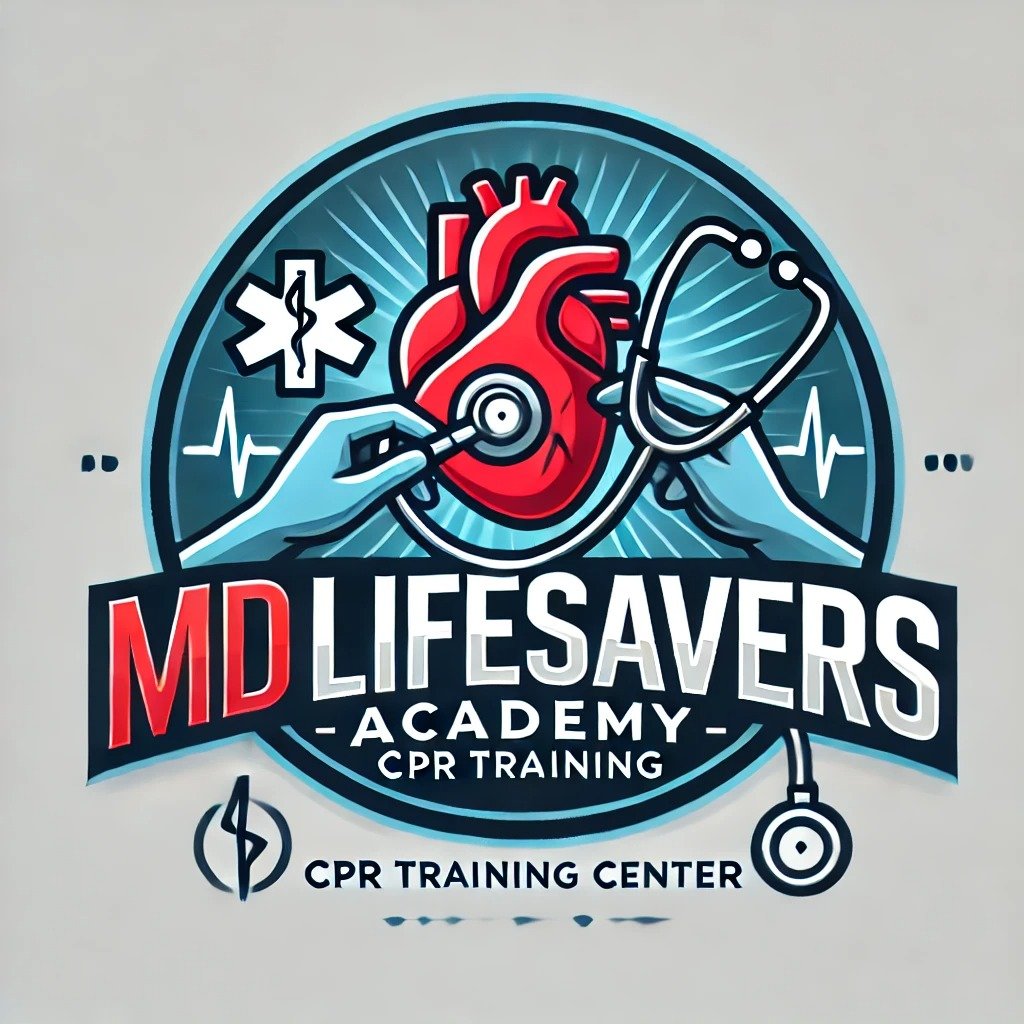Critical Window | Part One
Managing Refractory Shock
A 75-year-old female with Alzheimer's dementia, urinary incontinence, and CKD III was admitted with fever and lethargy, found bacteremic with E. Coli from an uncontrolled UTI. She became hypotensive despite fluid resuscitation and was electively intubated due to respiratory distress. Initially managed with norepinephrine, she soon required vasopressin, phenylephrine, and epinephrine. Labs indicated multiorgan failure with refractory acidosis, leading to CVVHD initiation. Her ICU stay was challenging, but within 48 hours, her vasopressors were reduced as her sepsis and acidemia improved.
Does this case sound familiar? Throughout residency, I encountered many unfortunate cases of sepsis progressing to septic shock and multiorgan failure. Let’s break this case down further.
The case illustrates an elderly female with urosepsis. The Surviving Sepsis Guidelines recommend:
Intravenous antimicrobials within an hour of sepsis recognition.
IV fluid resuscitation, preferring balanced crystalloids.
Target MAP of 65 mm Hg during resuscitation with dynamic fluid measurement.
First-line norepinephrine for hypotension, with vasopressin or epinephrine as adjuncts.
Low-dose hydrocortisone for refractory septic shock.
“Refractory Shock” seemed like a mystic illness state to me. I spent a significant amount of time trying to grasp this throughout residency. A seemingly inconsistent rate of development towards refractory shock, unclear patient susceptibility characteristics, and a lack of clear clinical and diagnostic indicators made the concept of refractory shock challenging to understand. In part two, I’ll discuss what I learned about refractory shock and how I learned to recognize when a patient was heading towards it.
Reference:
Evans L, Rhodes A, Alhazzani W, et al.
Critical Care Medicine. 2021;49(11):e1063-e1143. doi:10.1097/CCM.0000000000005337.

